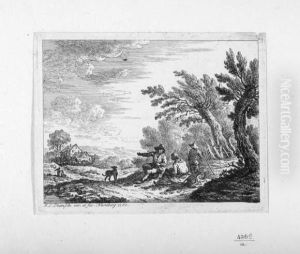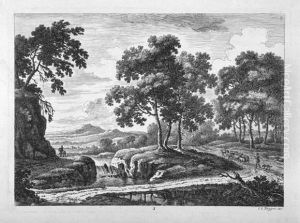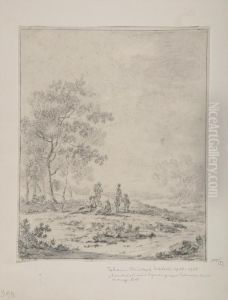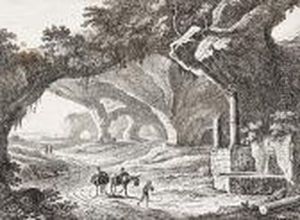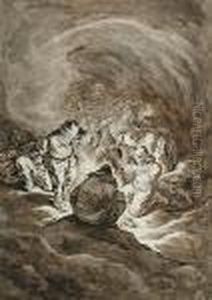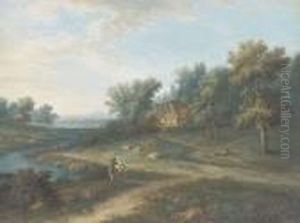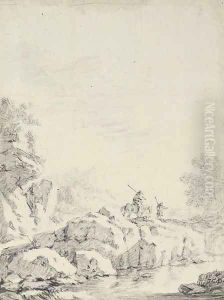Johann Christoph Dietzsch Paintings
Johann Christoph Dietzsch was a German painter and engraver, born in 1710 in Nuremberg, a city that was an important artistic center during the period. He belonged to a family of artists, which included his father, Johann Israel Dietzsch, and his sister, Barbara Regina Dietzsch, who were both accomplished painters in their own right.
Dietzsch specialized in watercolor and gouache landscapes, as well as floral and still-life compositions. His style was characterized by the use of vivid colors and a delicate touch that captured the intricacies of nature. His landscapes often depicted the German countryside, with an emphasis on the natural beauty of the terrain. He also created a number of botanical illustrations that were praised for their accuracy and artistic quality.
During his lifetime, Dietzsch gained a reputation for his engravings, which were used to illustrate various publications. His engravings often featured the same subjects as his paintings, including landscapes and botanicals. The level of detail and finesse in his engravings contributed to the dissemination of his work beyond his native Nuremberg.
Although not as widely known as some of his contemporaries, Dietzsch's work was respected by his peers and collectors during the Enlightenment period. His contributions to botanical illustration were particularly significant, as they combined scientific precision with artistic elegance.
Johann Christoph Dietzsch died in 1769, leaving behind a body of work that has been appreciated by art historians and collectors for its representation of 18th-century German painting and engraving. His legacy is also maintained through the works of his family members, particularly the renowned floral paintings of his sister, Barbara Regina Dietzsch.





